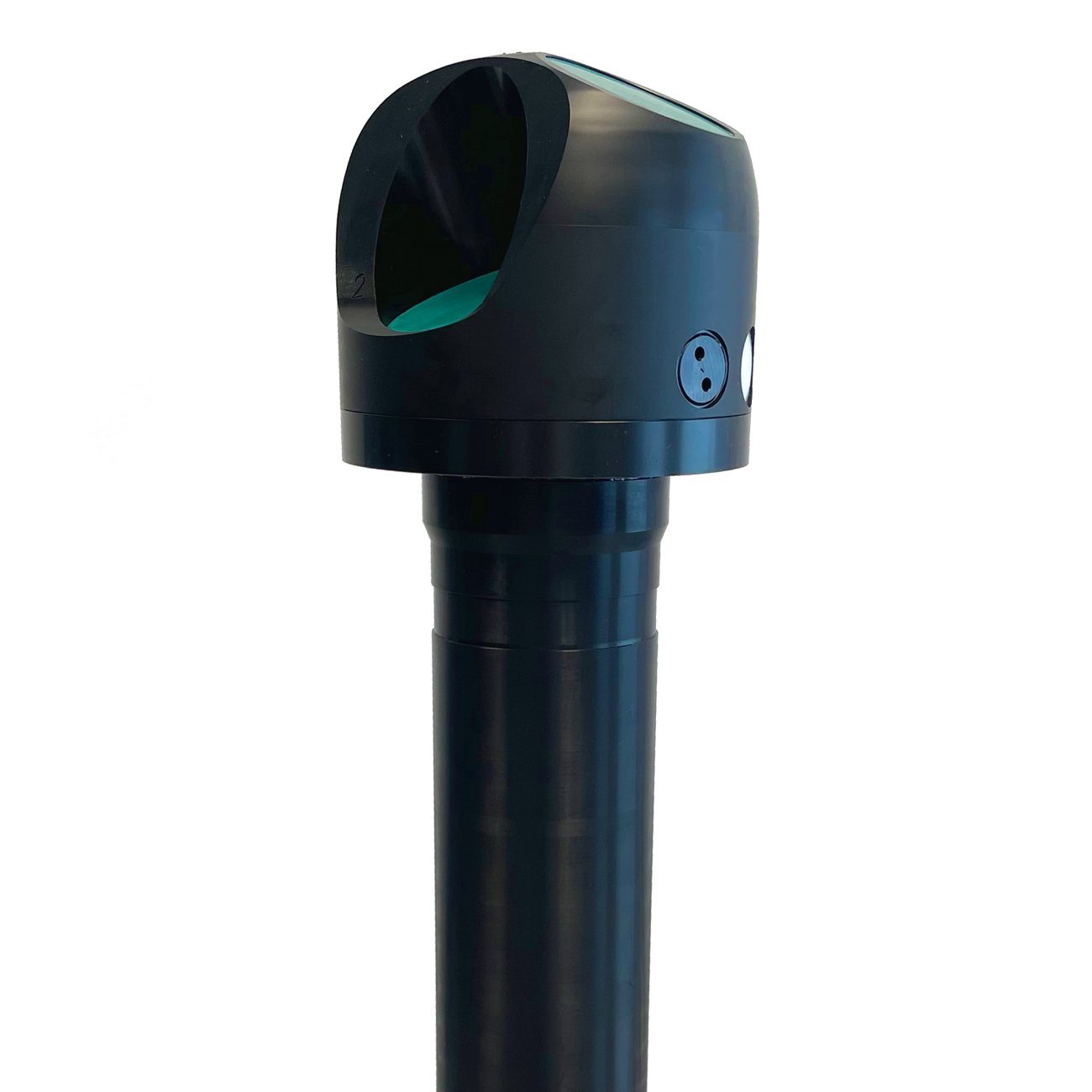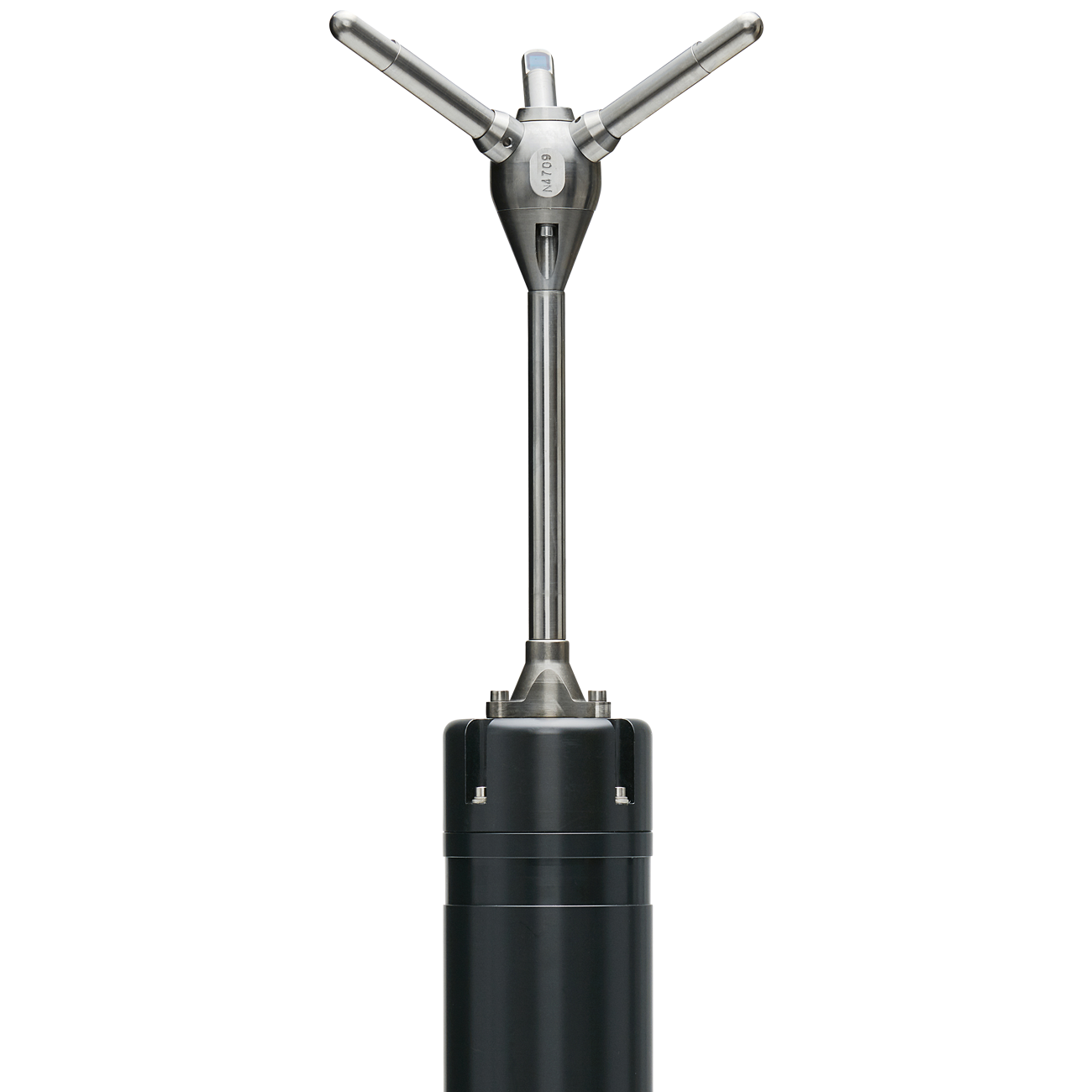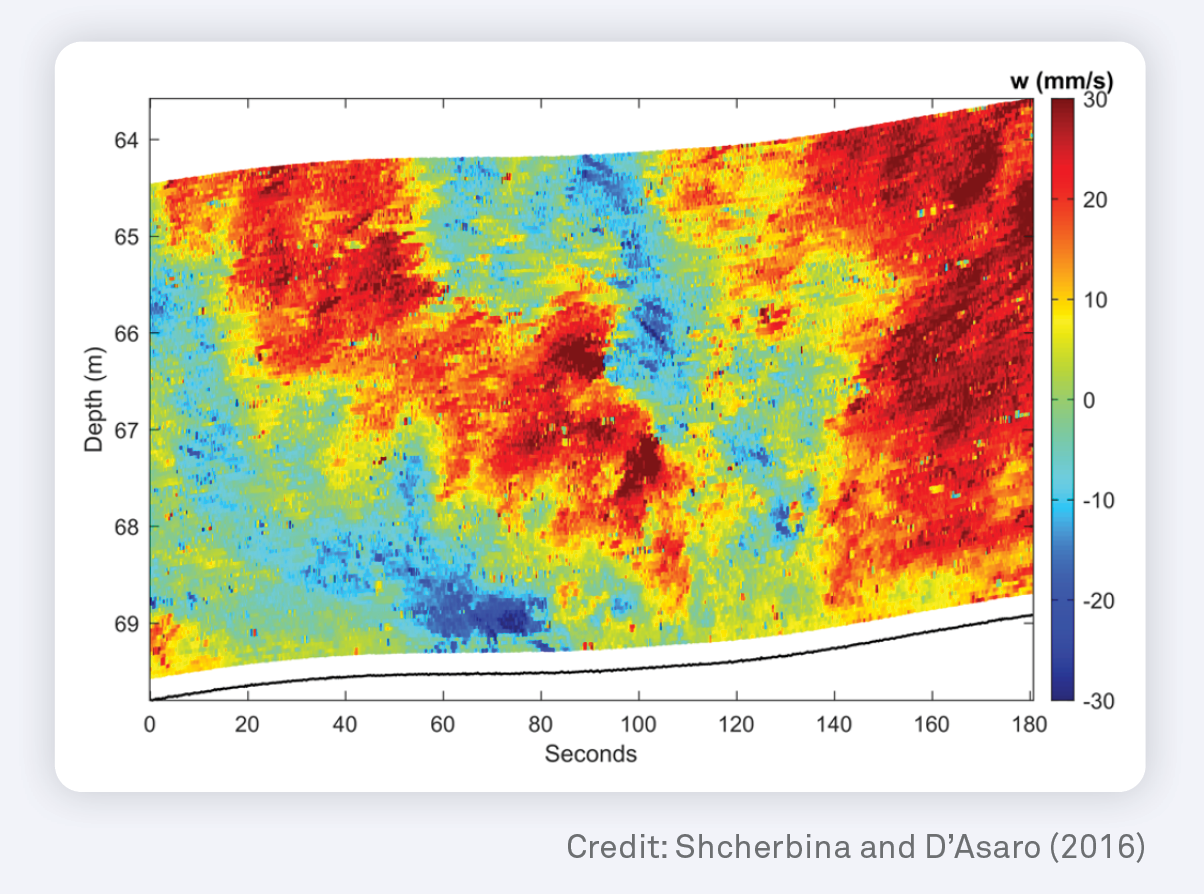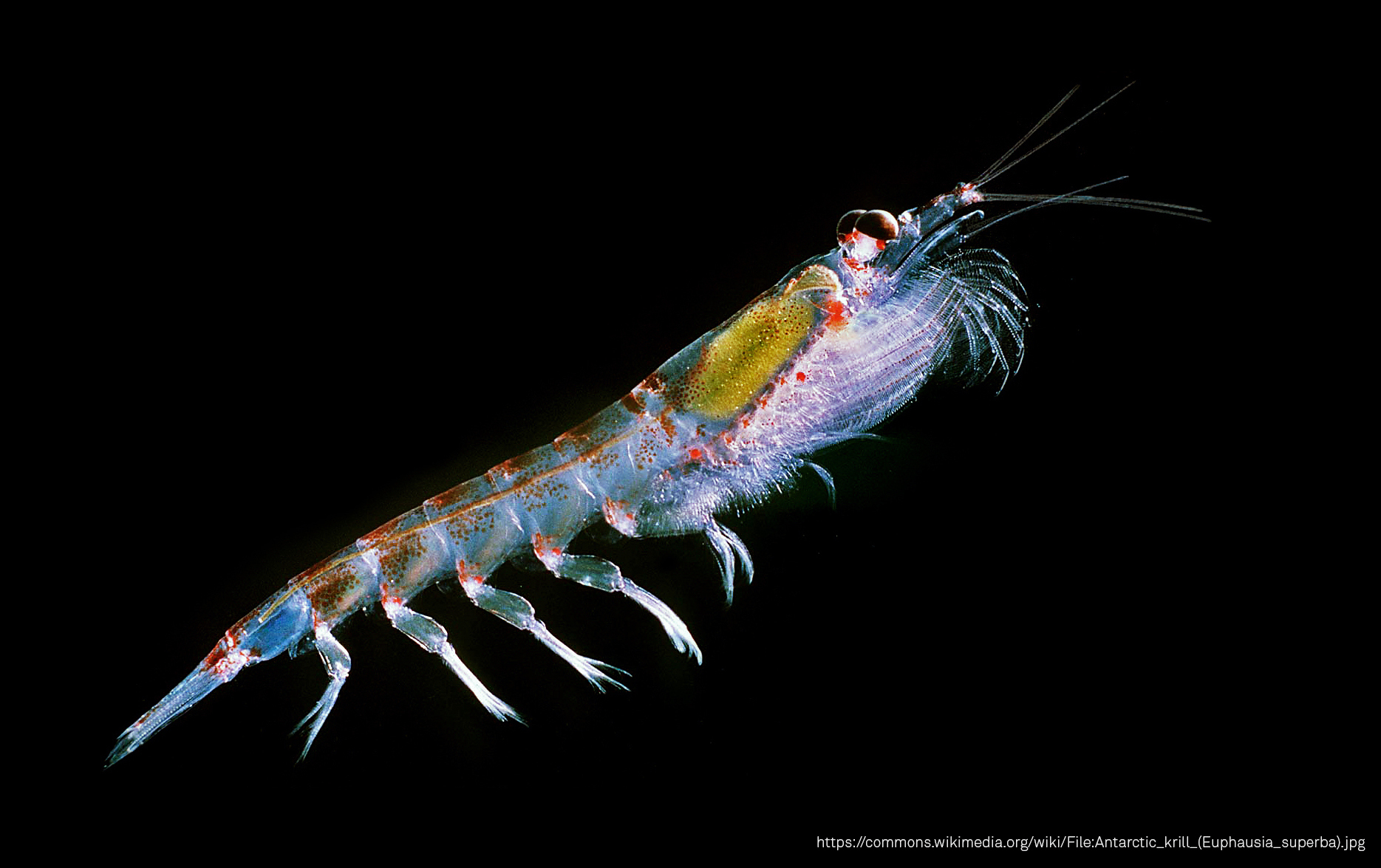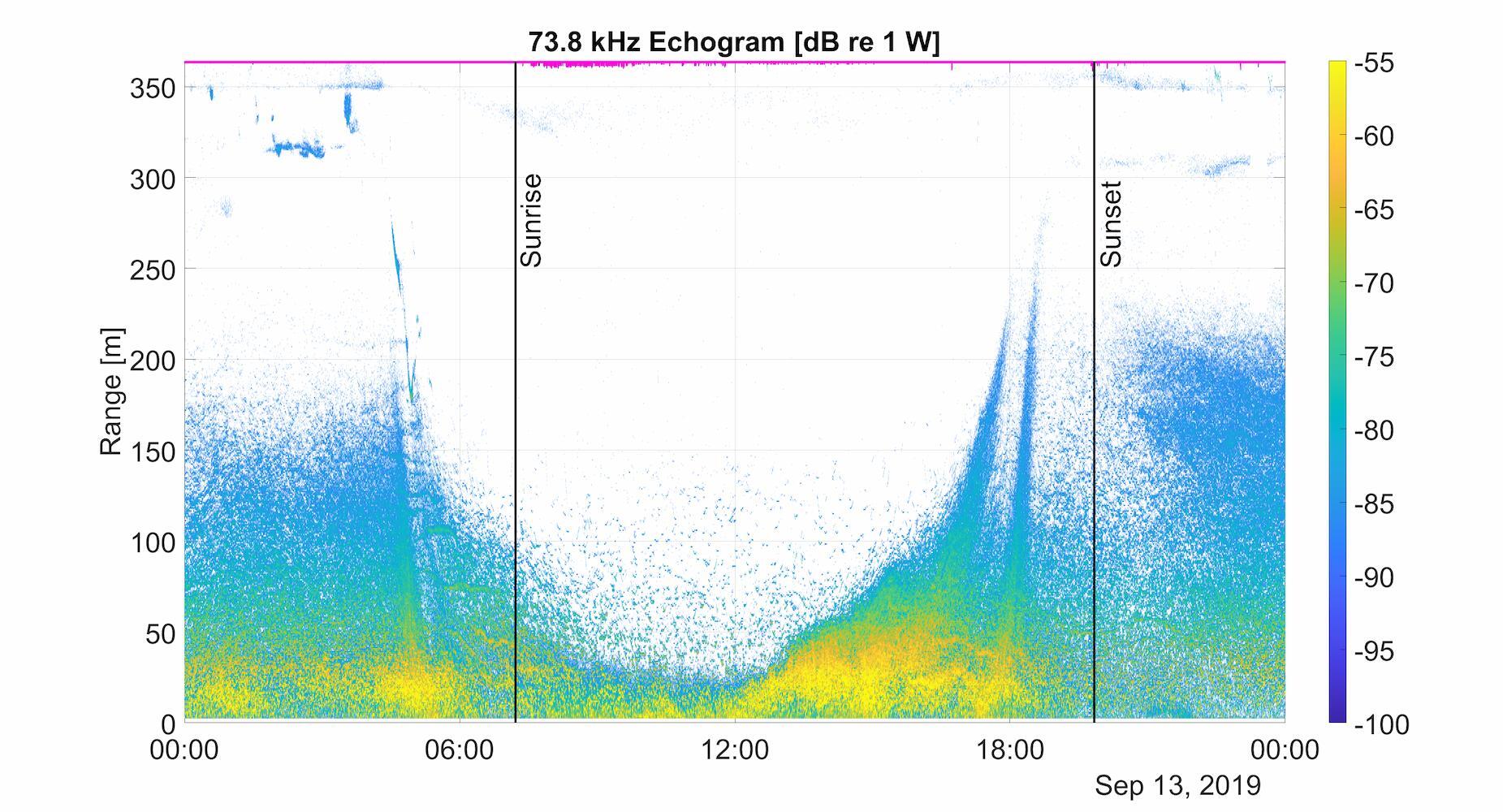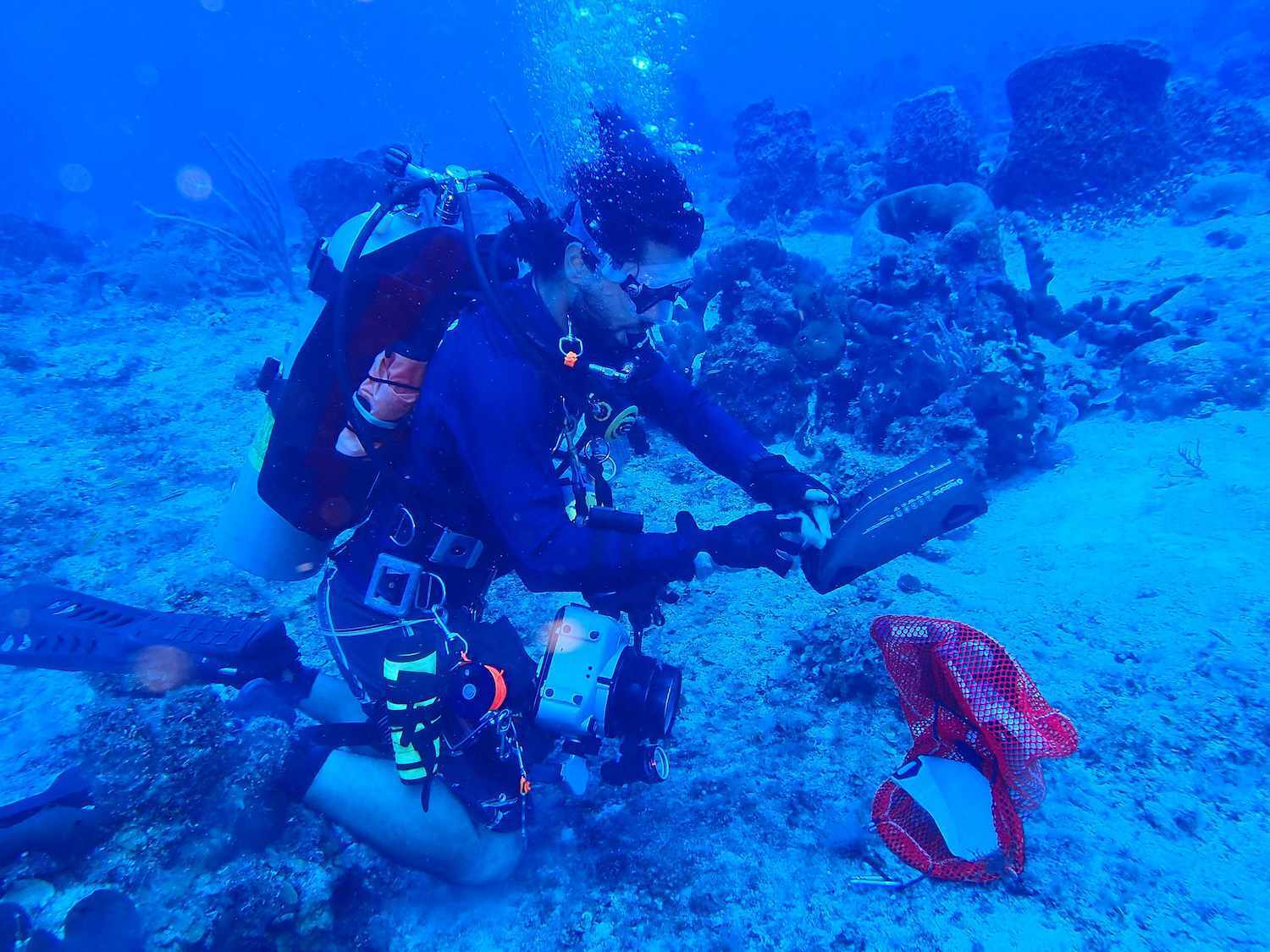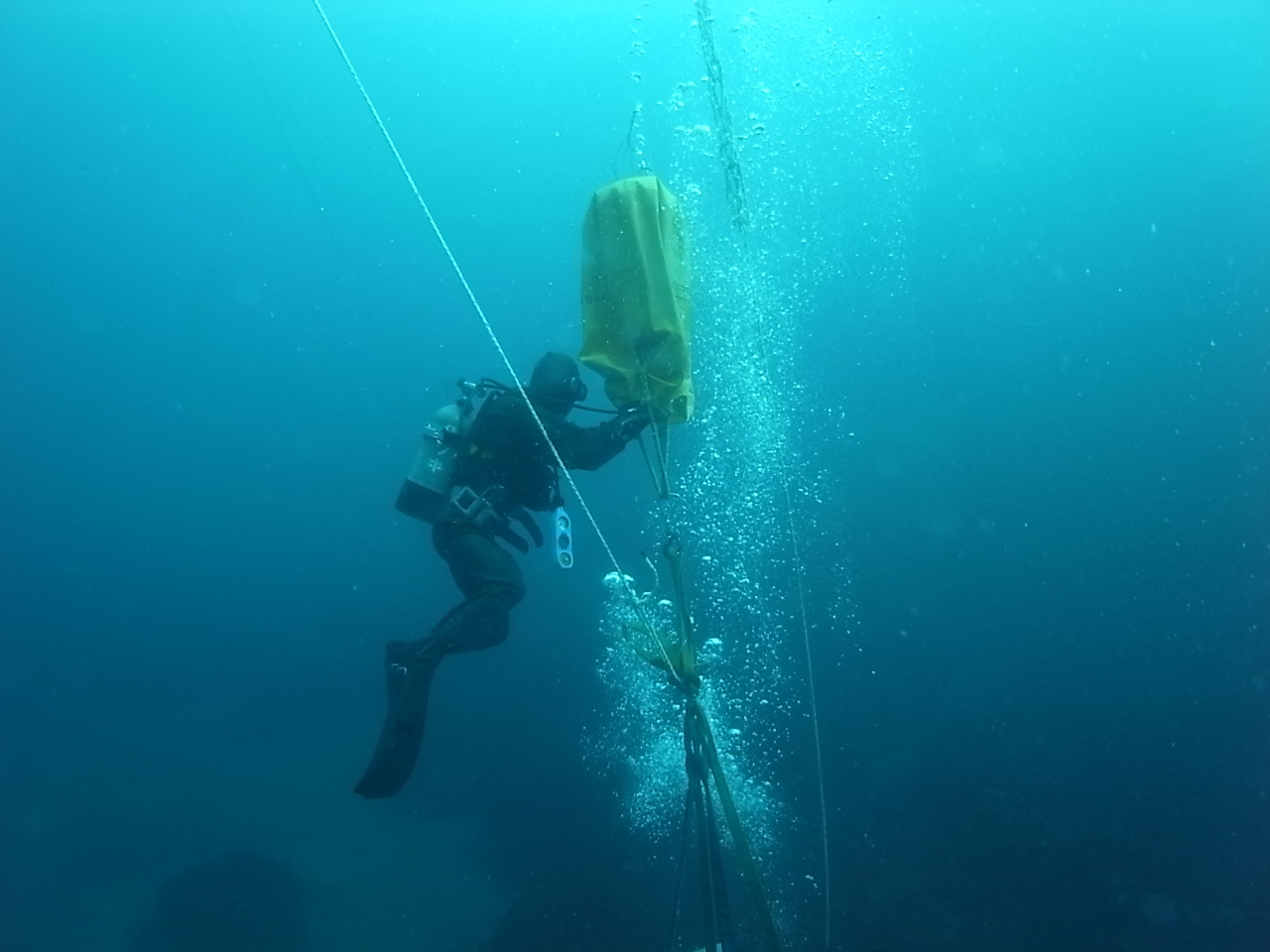
Uncovering marine biophysical interactions with current meters
- User stories
Synopsis
Challenge
The diel migration of zooplankton is a crucial event to ocean processes and ecosystems. Understanding how turbulent flow affects zooplankton migration helps us better understand this process.
Solution
Researchers at the Geological Survey of Japan used a Nortek Aquadopp Profiler and Vector to observe currents, as well as analyze the abundance of zooplankton in the column using backscatter intensity measurements.
Benefit
The team published a study supporting the idea that turbulence influences zooplankton’s diel migration patterns, using the data collected from their instruments.
As the sun sets, countless zooplankton begin their migration from the bottom of the ocean to the surface. Under cover of darkness to avoid predators, they feed on the phytoplankton that thrive in the sunlit waters, returning to deeper waters as the sun rises once more. Called "diel migration", this phenomenon is known as the greatest animal migration on Earth. This vertical movement en masse influences many processes, such as the flux of organic matter from the surface to deeper waters.
While many species of zooplankton can actively adjust their mobility, turbulence can still have an impact.
"Turbulence has been suggested to have significant effects on survival strategies of zooplankton, by modulating their feeding efficiency and predator detection," explains Dr Mamoru Tanaka, a post-doc with the Geological Survey of Japan, National Institute of Advanced Industrial Science and Technology (AIST).
What's more, Tanaka notes, turbulence is also thought to influence zooplankton's diel migration patterns.
With field observations scarce, Tanaka and colleagues sought to study the relationship between turbulence and diel migration in the real world at two sites with entirely different types of habitat.
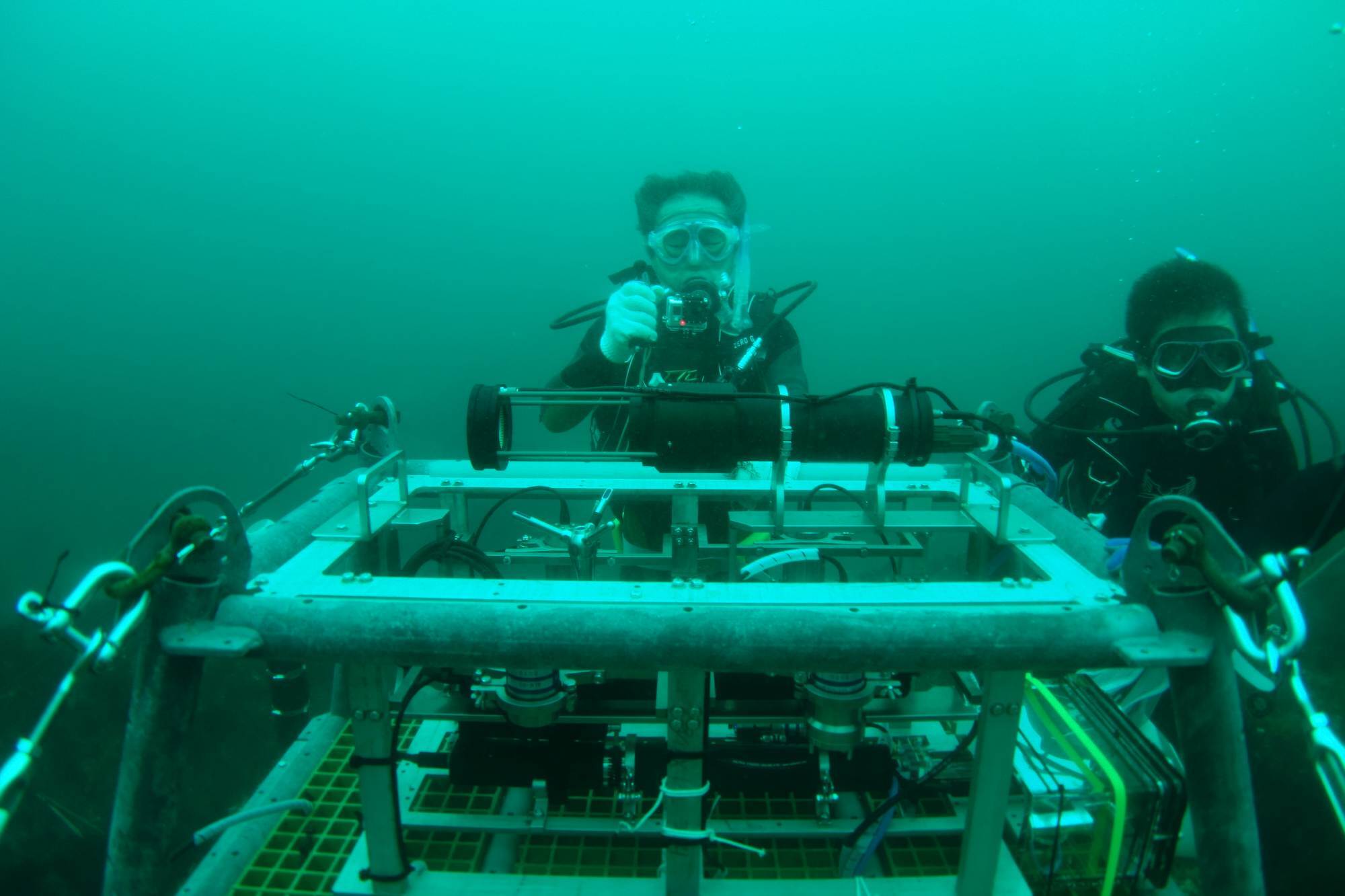
Studying marine biophysical interactions through simultaneous observations of ecosystem and fluid dynamics
Located in the shallow coastal waters off the southeastern tip of Oshima Island, Japan, the first site is dominated by a rocky bottom and oligotrophic waters. The second site was located in Israel at a fringing coral reef site off the coast of Eilat, in the Gulf of Aqaba. While the Eilat site was equipped with an upward‐looking Acoustic Doppler Current Profiler (ADCP) and multibeam echosounder, the researchers deployed a cabled observatory system at Oshima Island.
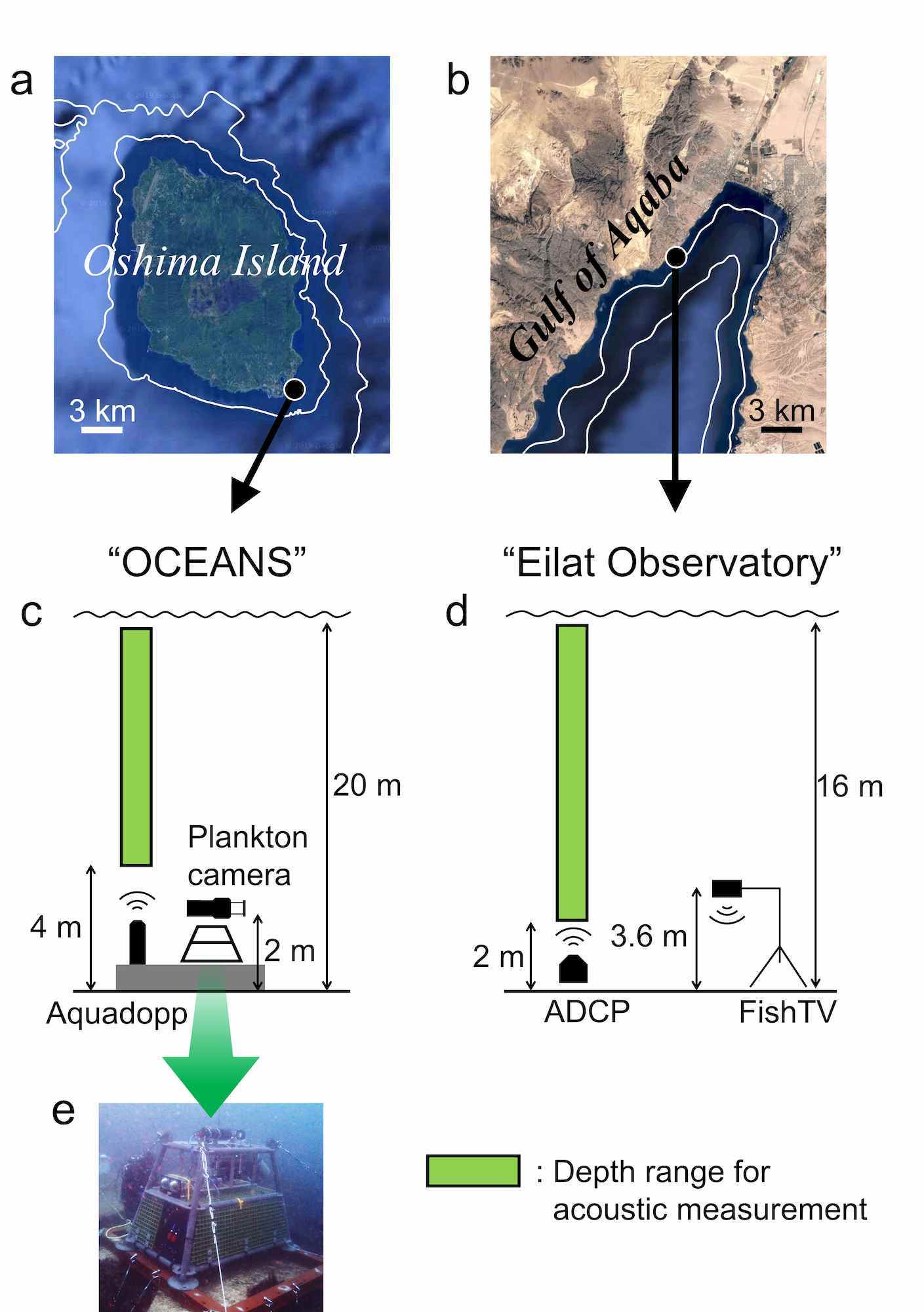
The Oshima Coastal Environment data Acquisition Network System (OCEANS) cabled observatory system featured an Aquadopp Profiler ADCP, a Vector 300 m velocimeter (ADV) with cabled sensor, a pressure sensor, a Photosynthetically Active Radiation (PAR) sensor and a plankton camera (Continuous Plankton Imaging and Classification System – CPICS). It was a much more complex setup than at Eilat because the cabled observatory system requires sensors from different instruments to be synchronized.
"The Nortek products were very useful and powerful tools for our cabled observatory because of the functional sync system, which guarantees tight connections and synchronizations with other sensors," says Tanaka.
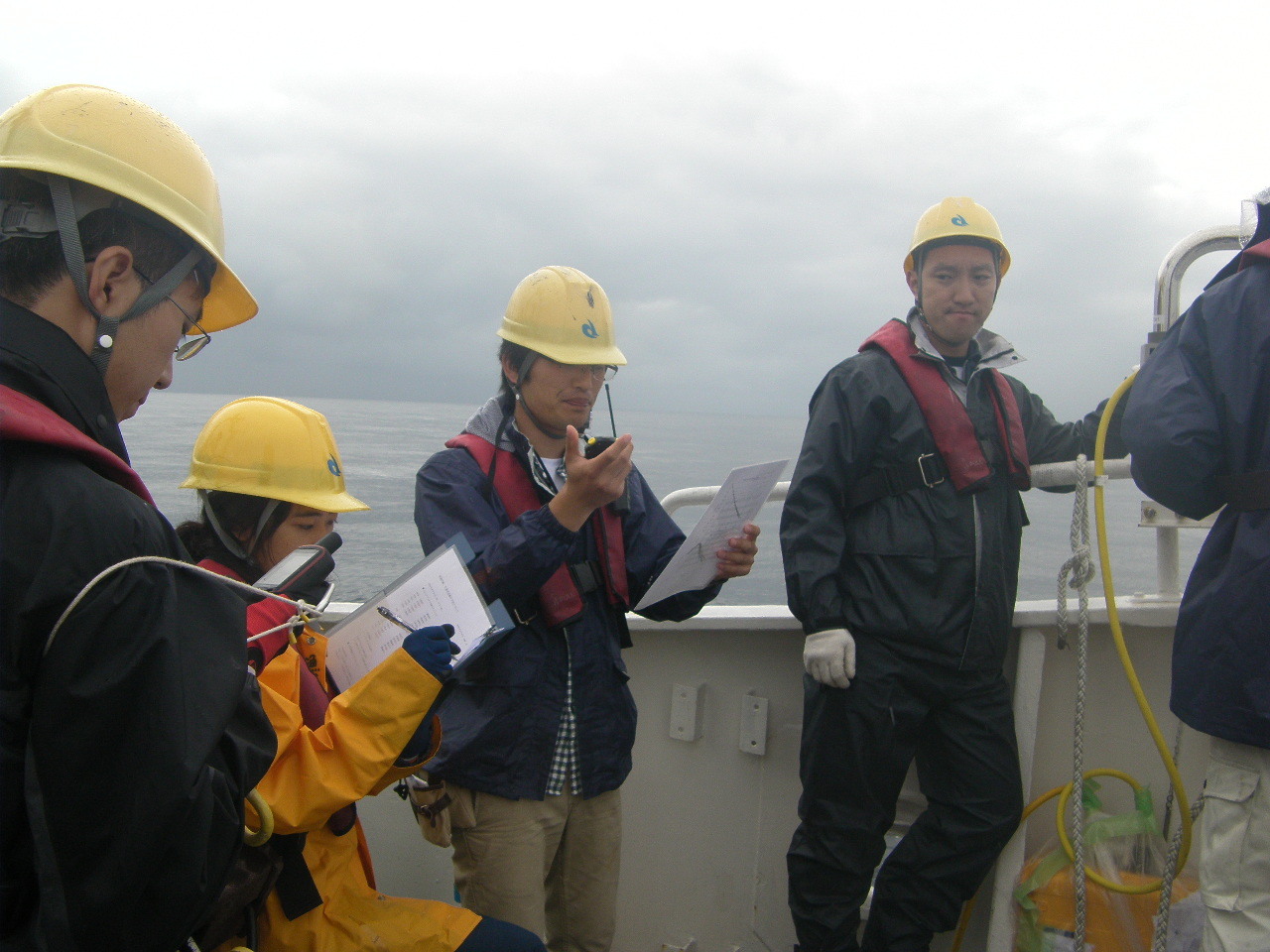
Measuring background currents, acoustic backscattering intensity and small-scale turbulence
The Aquadopp ADCP provided two vital pieces of information: data on background currents, and acoustic backscattering intensity measurements, which act as a proxy for the total abundance of zooplankton in the water column.
"While the plankton camera recorded zooplankton at the single depth layer, the Aquadopp Profiler can estimate the dynamics of zooplankton abundance in the entire water column," says Tanaka.

The Vector ADV, which was positioned to overlap with the CPICS plankton camera's focus, measured small-scale turbulence. "With that configuration, we were able to measure levels of local turbulence that zooplankton individuals actually feel," Tanaka explains.
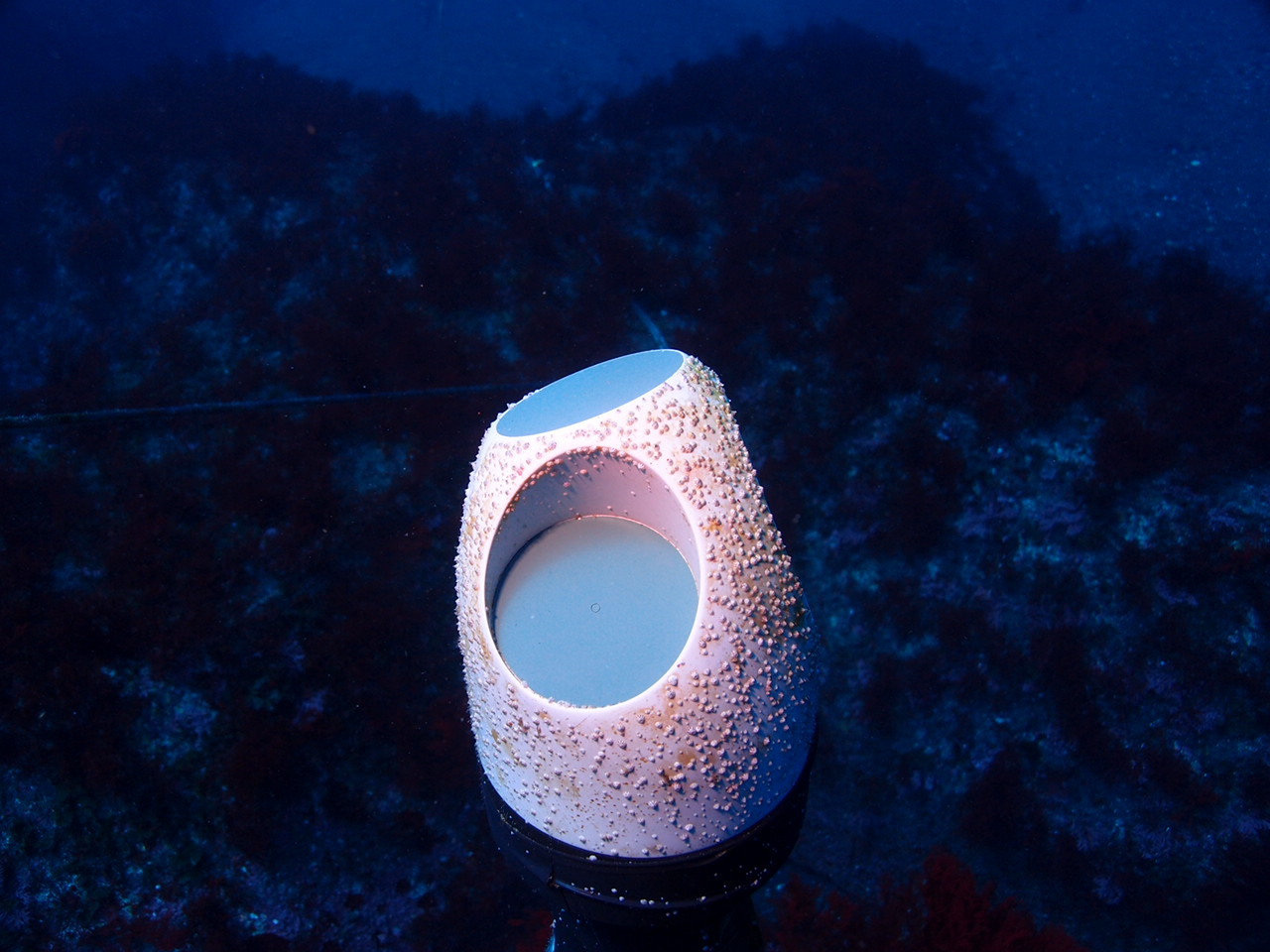
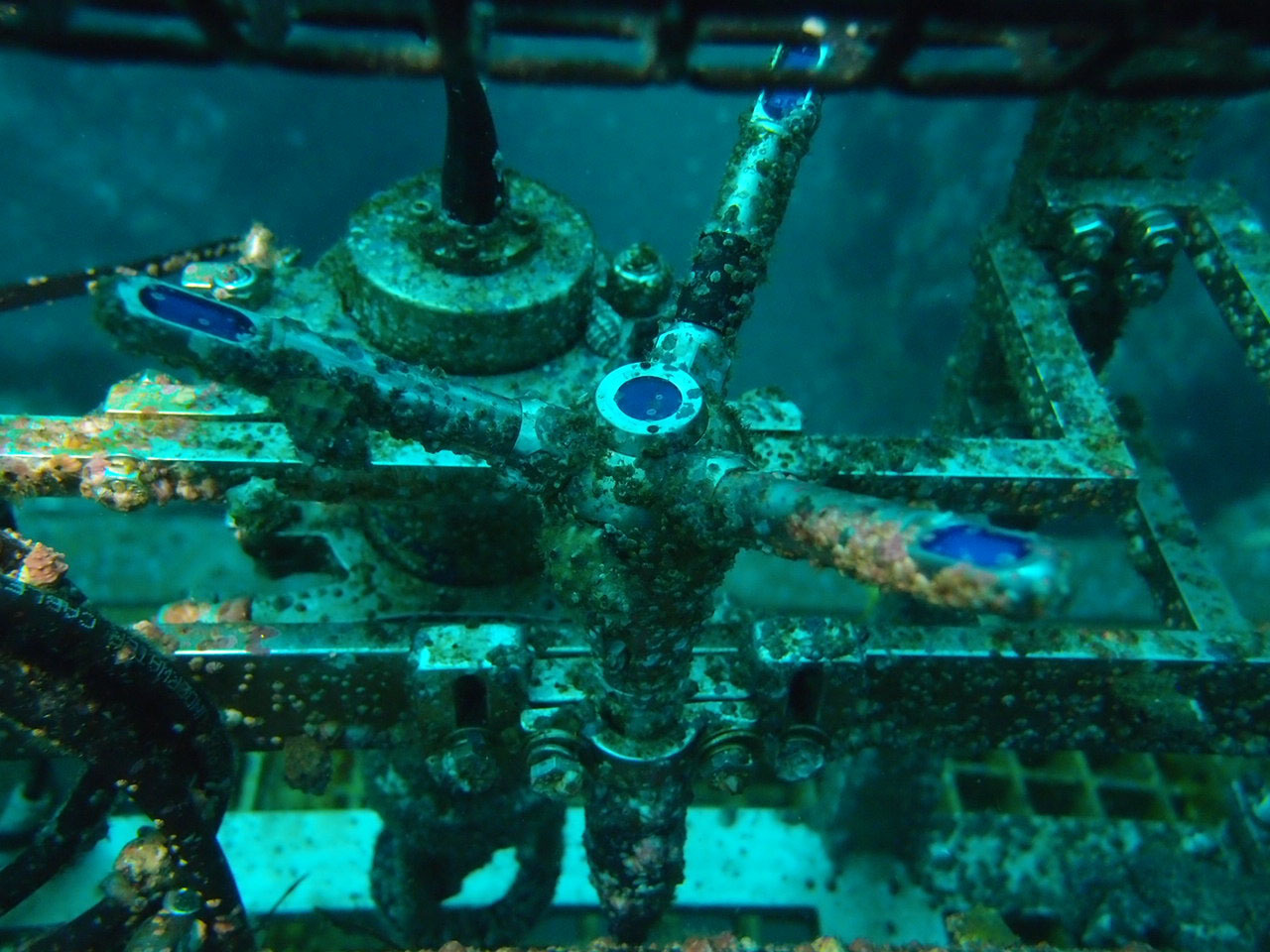
Typically, turbulent kinetic energy dissipation rates are calculated from the wavenumber spectrum of turbulent velocity, assuming background velocity U that can be measured by velocimeters (ADVs) and ADCPs is constant. However, the Oshima site is subject to substantial swells, creating orbital velocities that create a highly variable velocity U.
"We were not able to directly calculate turbulent kinetic energy dissipation rates using the traditional method," says Tanaka. "Instead, we obtained friction velocity from the Vector, and then the friction velocity was scaled to the turbulent kinetic energy dissipation rate, based on the relationship in the bottom mixed layer."


Confirming interactions between marine organisms and turbulence in the ocean
The study, published in Limnology and Oceanography, supports the idea that turbulence influences zooplankton's diel migration patterns. The emergence of demersal zooplankton at night appears to be hindered by high levels of turbulence. "The trends commonly found in the acoustic backscatter [at both sites] suggested significant decreases in zooplankton abundance under the influence of high levels of turbulence," Tanaka explains.
"Given the previous suggestions by theoretical and experimental studies, we concluded that zooplankton do not prefer high levels of turbulence and actively avoid such conditions."

By avoiding the turbulence and staying near the bottom, Tanaka notes that zooplankton minimize the risk of being swept away, potentially into areas that they cannot survive in. The consequences of turbulence modulating the migration of demersal zooplankton are not well understood. Failure to migrate could, for example, impact the zooplankton's survival and the vertical flux of organic matter that takes place as a consequence of their migration.
Signature ADCPs provide great opportunities for studying marine biophysical interactions
Tanaka hopes that his work will motivate further real-world studies untangling the interactions between marine organisms and turbulence, and other physical processes. Although the Aquadopp worked very well for Tanaka, he suggests future research would benefit from some of Nortek's other ADCPs.
"The newest current meters, the Signature ADCPs, provide the best opportunities for studying marine biophysical interactions," says Tanaka.
The AD2CP platform found in the Signature series, such as the Signature 100 ADCP, uses newer processing algorithms than those found in the Aquadopp 400 kHz. These algorithms create more precise velocity profiles and reduce instrument noise. As a result, it is easier to detect small velocity variations, including those that may influence zooplankton migration cycles.
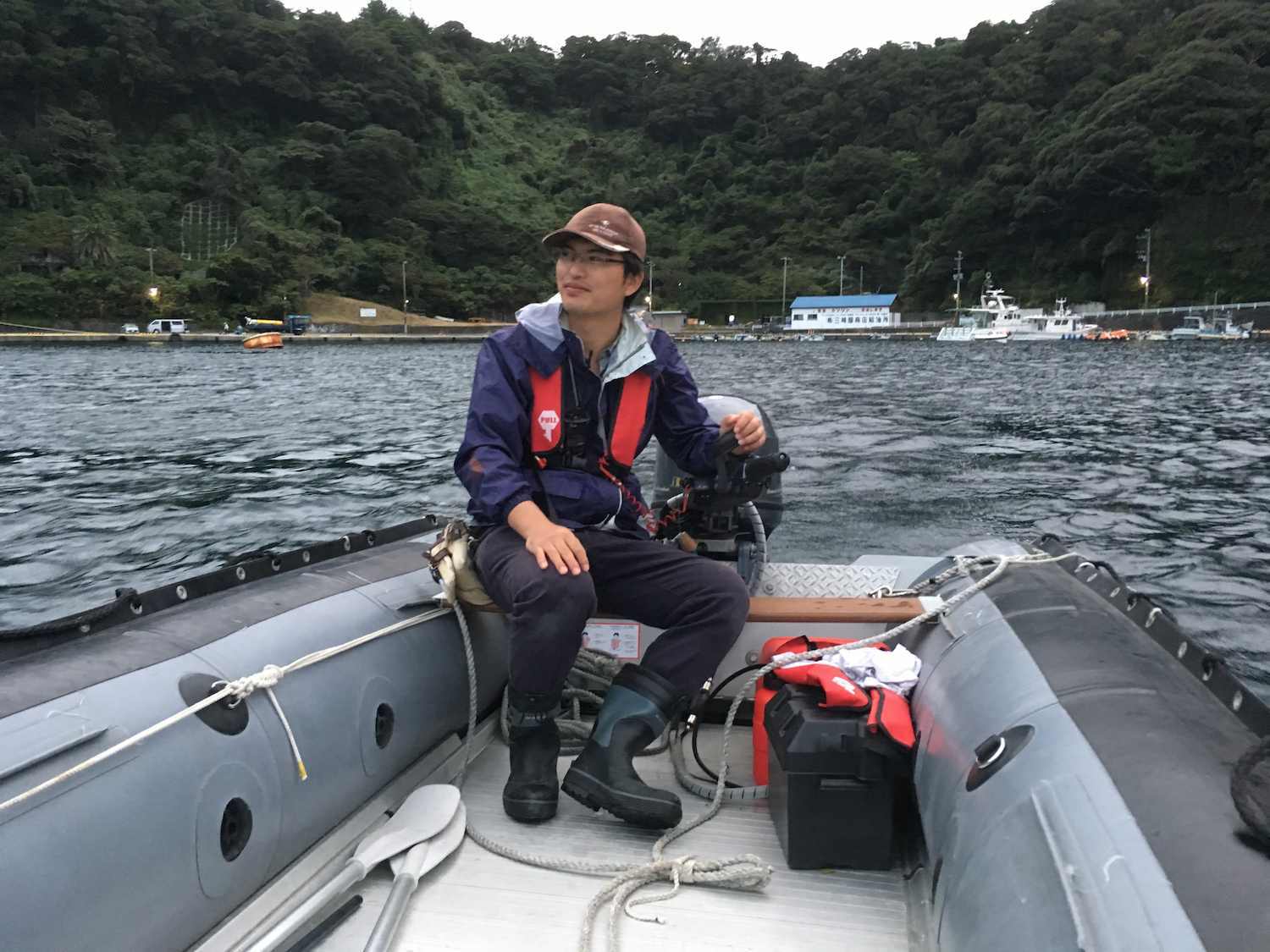
Research on ocean systems important for balanced coexistence between nature and humans
Dr Tanaka has been interested in the interactions between marine organisms and turbulence in the ocean since his undergraduate research, which looked at the potential role of fish swimming in generating turbulent mixing.
In his next project, he is developing methodologies to parameterize deep-sea turbulence for environmental impact assessments with ADCPs and velocimeters (ADVs). This project includes creating novel turbulence parameterization techniques to better estimate turbulent kinetic energy dissipation rates in the deep sea.
"Both the previous study published in Limnology and Oceanography and the current project at AIST are ultimately aimed at understanding the ocean system, and achieving the coexistence of nature and humans," Tanaka says.
"The deep insights and knowledge obtained from the scientific instruments definitely help research activities and consequently lead to appropriate conclusions."
Read more about how Dr Mamoru Tanaka joined Nortek Japan for two months to receive practical training in ocean technology
